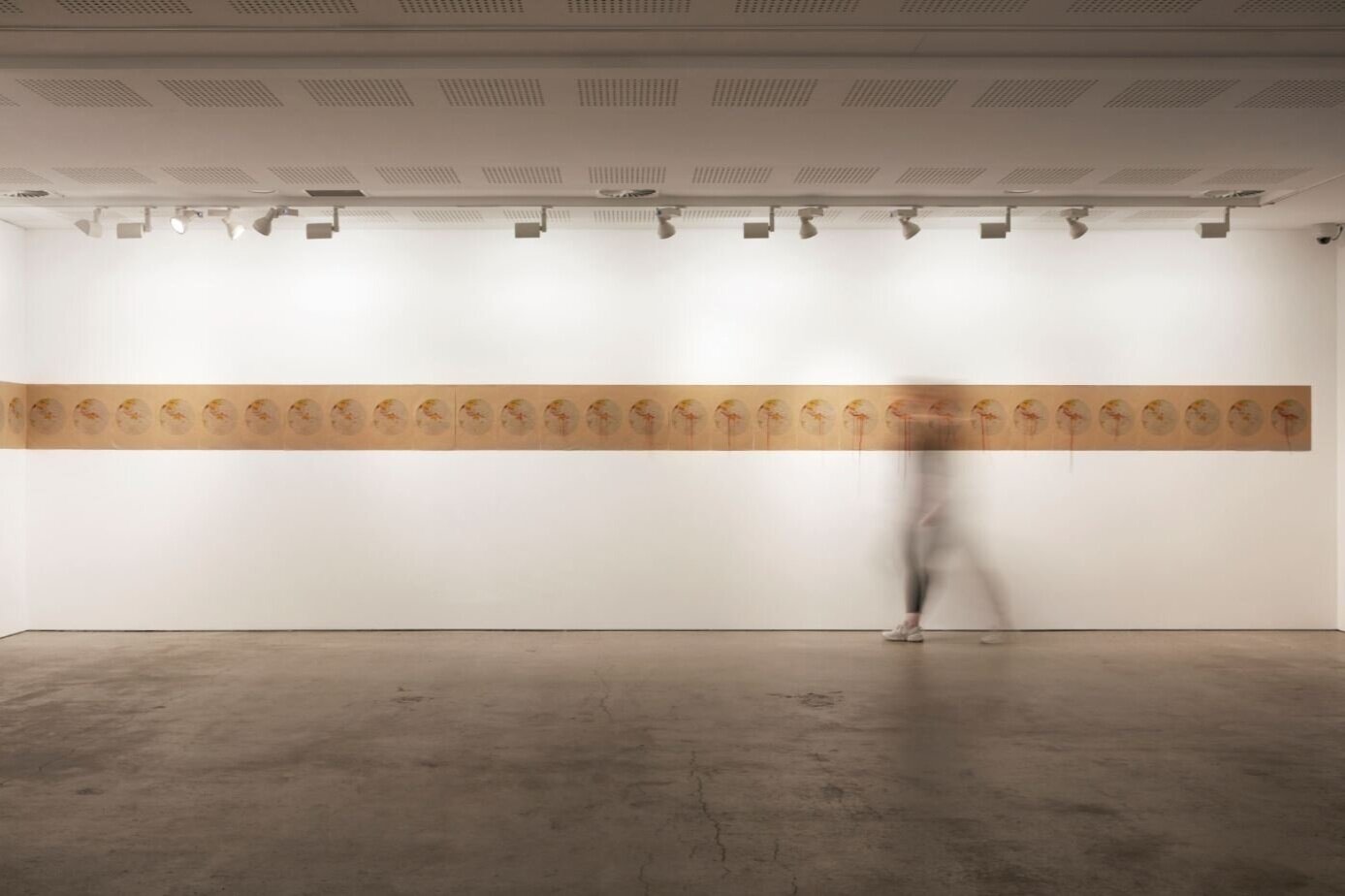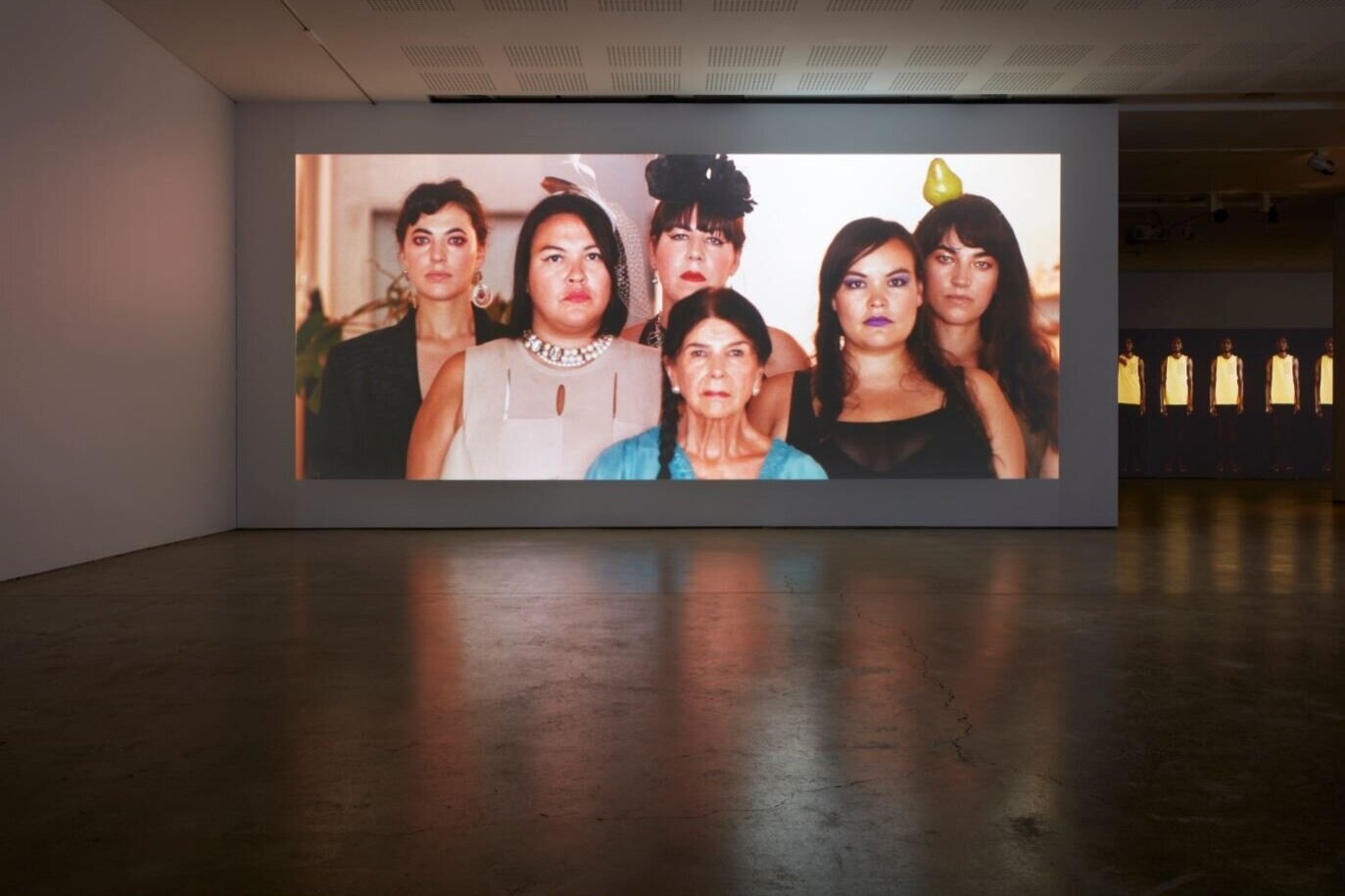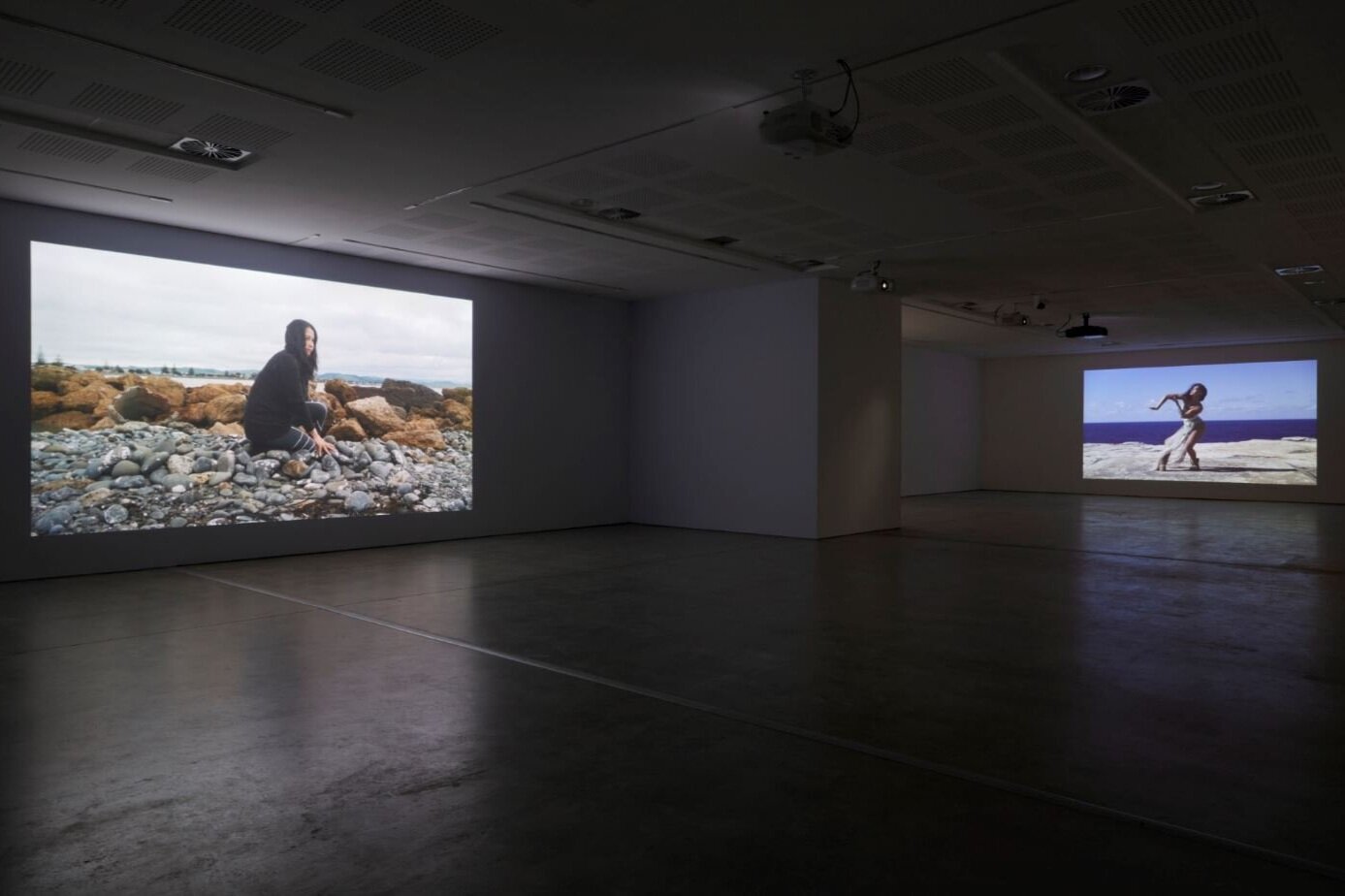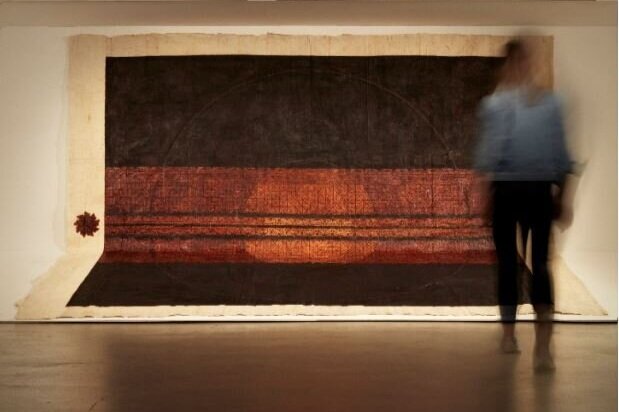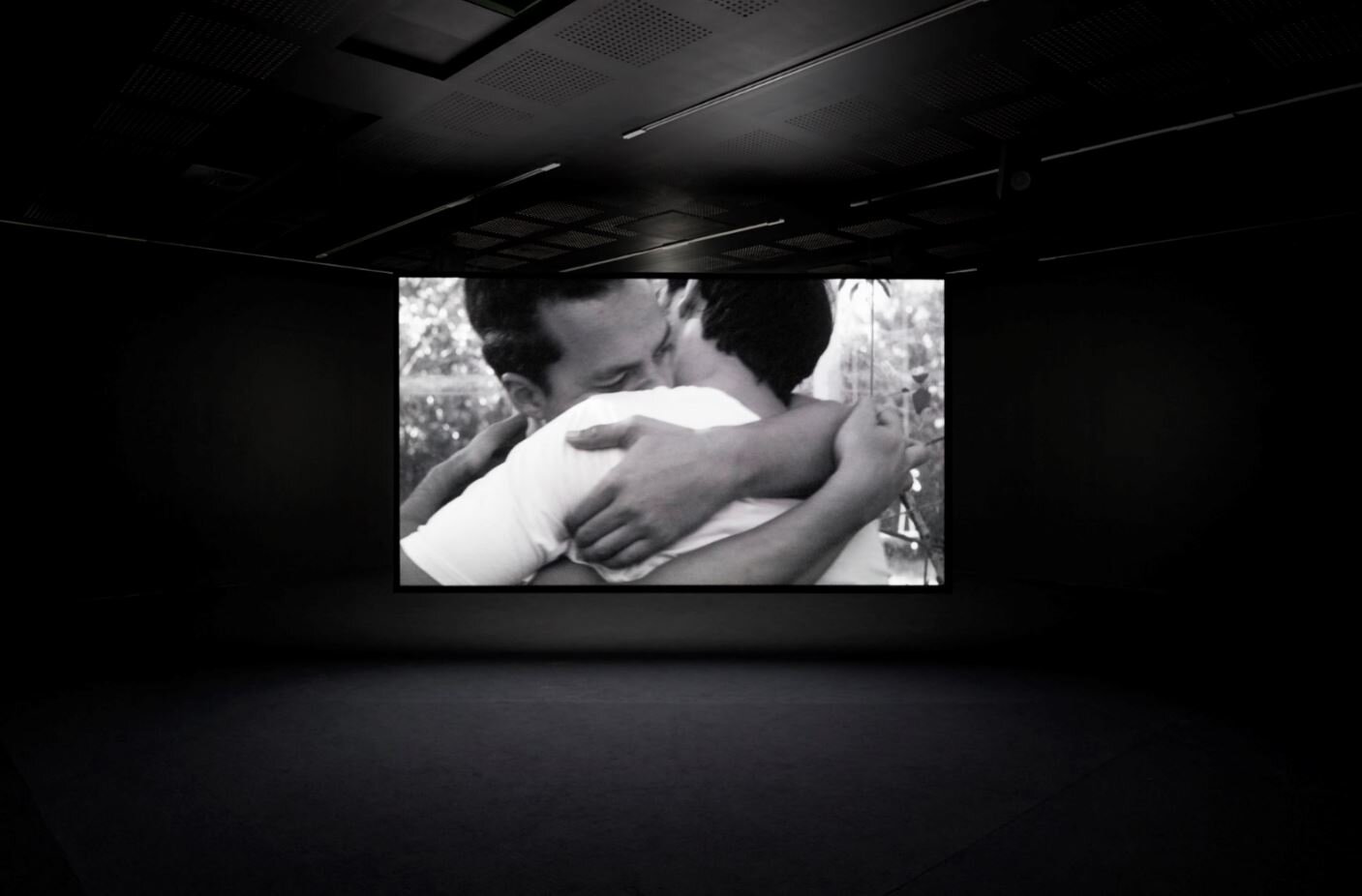Decentring whiteness: ‘Wansolwara’ and the need for critical diversity
/When The Sydney Morning Herald announced the five emerging culture critics chosen to receive funding through a new initiative led by the Copyright Agency and the Judith Neilson Institute for Journalism and Ideas in early May, we were delighted to see Art Monthly Australasia regular Chloé Wolifson named as one of these recipients. With Melbourne-based writers Bec Kavanagh (The Australian, Meanjin) and Tiarney Miekus (Art Guide Australia), and fellow Sydneysiders Jack Callil (Australian Book Review, Meanjin) and Cassie Tongue (Time Out, The Guardian), Wolifson gained access to a AU$150,000 cultural fund for the publication of arts reviews and criticism in The Australian, The Sydney Morning Herald, The Age, Brisbane Times and WA Today.
The stated aim of this fund is to introduce ‘important new voices to the landscape of arts criticism and review in Australia’ and to offer ‘new perspectives on contemporary Australian works that will spark interest, curiosity and debate in the wider community’. The five writers chosen as beneficiaries, however, while extremely talented and deserving recipients, are also notable for a certain uniformity of complexion and cultural background. Not long after their names were announced, writing for Overland, Shirley Le drew attention to this uniformity in an extended discussion of the need for greater diversity in Australian critical coverage of the arts. Other prominent public voices, including Osman Faruqi, Ruby Hamad and Michelle Law took to Twitter and Facebook to voice their surprise – the message seemed clear: ‘The monocultural face, voice and gaze of the Australian arts reviewership is here to stay.’
This erasure of difference, Le notes, ‘is one of the most persistent and ongoing conversations in the Australian arts industry’. In a report published in August 2019, Diversity Arts Australia revealed a shocking lack of culturally and linguistically diverse representation on the executive boards and award panels of our country’s arts institutions. It is perhaps unsurprising, then, that these issues came to the fore in a conversation between early-career writers Mitiana Arbon, Winnie Dunn, Enoch Mailangi and Talia Smith after the opening of ‘Wansolwara: One Salt Water’ at UNSW Galleries and 4A Centre for Contemporary Asian Art, transcribed in our current issue. For Arbon and Dunn, this gathering of over 20 artists, writers, performers and filmmakers ‘connected by the Great Ocean’ foregrounded ‘the problem of negotiating our cultural identities in spaces where we’re not a majority’ and provided a valuable opportunity ‘to see Tonga spread out in a place like UNSW Galleries’. Smith, too, spoke of her ambition ‘to see myself in these places, and [for] exhibitions to start reflecting things that I know my family feel’.
The inclusion of artists without Pacific or First Nations heritage in an exhibition dedicated to the cultural networks of this region, however, prompted some critique. Echoing Le’s remarks, Dunn observed that, ‘if white artists took a step back and just let other voices in … it would change what we consider art today in this country’, while Smith explained her personal approach to issues of equity: ‘if I think I’m not the right person to tell a particular story, then I’ll pass it on … It’s about learning when you should give the mic to someone else and not just take every opportunity.’ Last week, Kavanagh and Callil demonstrated their shared commitment to this approach when they voluntarily resigned from their new roles, citing their realisation of this ‘missed opportunity to support non-white voices in arts criticism in Australia’ and asking for their share of the fund to be ‘redistributed to non-white writers’. A comparable aspiration animates ‘Wansolwara’, which Mailangi views as an opportunity to see ‘who Pasifika artists are when they’re not busy responding to whiteness or colonisation … to see Pasifika art when it’s not centring whiteness’.
As Creative Producer and General Manager, respectively, of Sweatshop Western Sydney Literacy Movement, Le and Dunn are united by their mission to accomplish this decentring of whiteness in the critical landscape of Australian arts and culture. Through projects like ‘StoryCasters’, Sweatshop has positioned itself alongside other organisations like Djed Press, Liminal, Mascara Literary Review and Peril Magazine, and as a much-needed advocate for culturally and linguistically diverse writers, musicians, podcasters and filmmakers. Yet the responsibility for ensuring diverse conversations about the arts in this country cannot be delegated entirely to organisations like these – mainstream validation is also essential, and it is here that larger organisations like the Copyright Agency and the Judith Neilson Institute for Journalism and Ideas can show their support. Without belittling the achievements of Callil, Kavanagh, Miekus, Tongue, Wolifson and the many other white critics across Australia, true change, writes Le ‘cannot happen unless artists of colour are supported by the rest of this industry’.
Dr Alex Burchmore, Publication Manager

